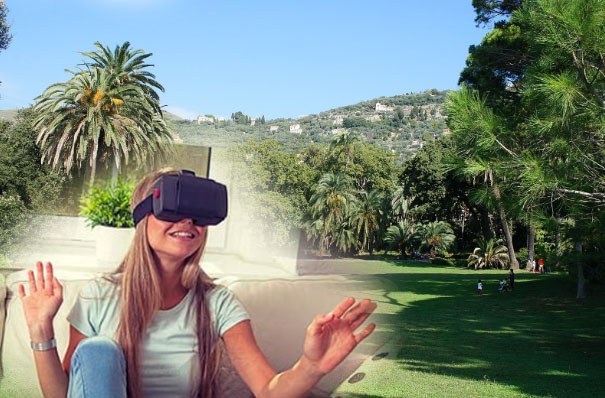The current global outbreak of #COVID19 makes the problem of our living space and mental health more relevant than ever. Read more in our recent blog post. This is why we need new solutions and new approaches. Please complete this 5-min, anonymous survey. If possible, share it with your family and friends, with special attention to Read More
Tag: garden
Elizabeth & Nona Evans Restorative Garden, a Garden for Contemplation
I have recently found a great piece of literature about designing urban gardens for well-being. “Restorative commons: Creating health and well-being through urban landscapes” by Campbell, Lindsay; Wiesen, Anne published in 2009 under USDA – Forest Service. Here is the link to the online resource – available free pdf version! What specifically caught my attention there Read More
A landscape architect’s experience of Chelsea Flower Show 2018 (PART_4)
These three very special gardens of the Chelseas Flower Show 2018, were featured this year on the NeuroLandscape blog: Feel good garden Morgan Stanley garden Lemon Tree Garden They are a great source of information and inspiration on how to create healthy space through the landscape design, right selection of plants, materials, textures and shapes. Read More
Mental health at the refugees camp @ Chelsea Flower Show 2018 (PART_3)
One of many Chelsea Flower Show Gardens that deserves special attention is The Lemon Tree Garden, which directly referred to the issue of mental health. Inspired by the resilience, originality and determination of refugees living in Domiz camp in Northern Iraq was designed with their involvement and highlights the unexpected beauty and power hidden in the Read More




